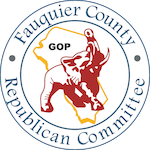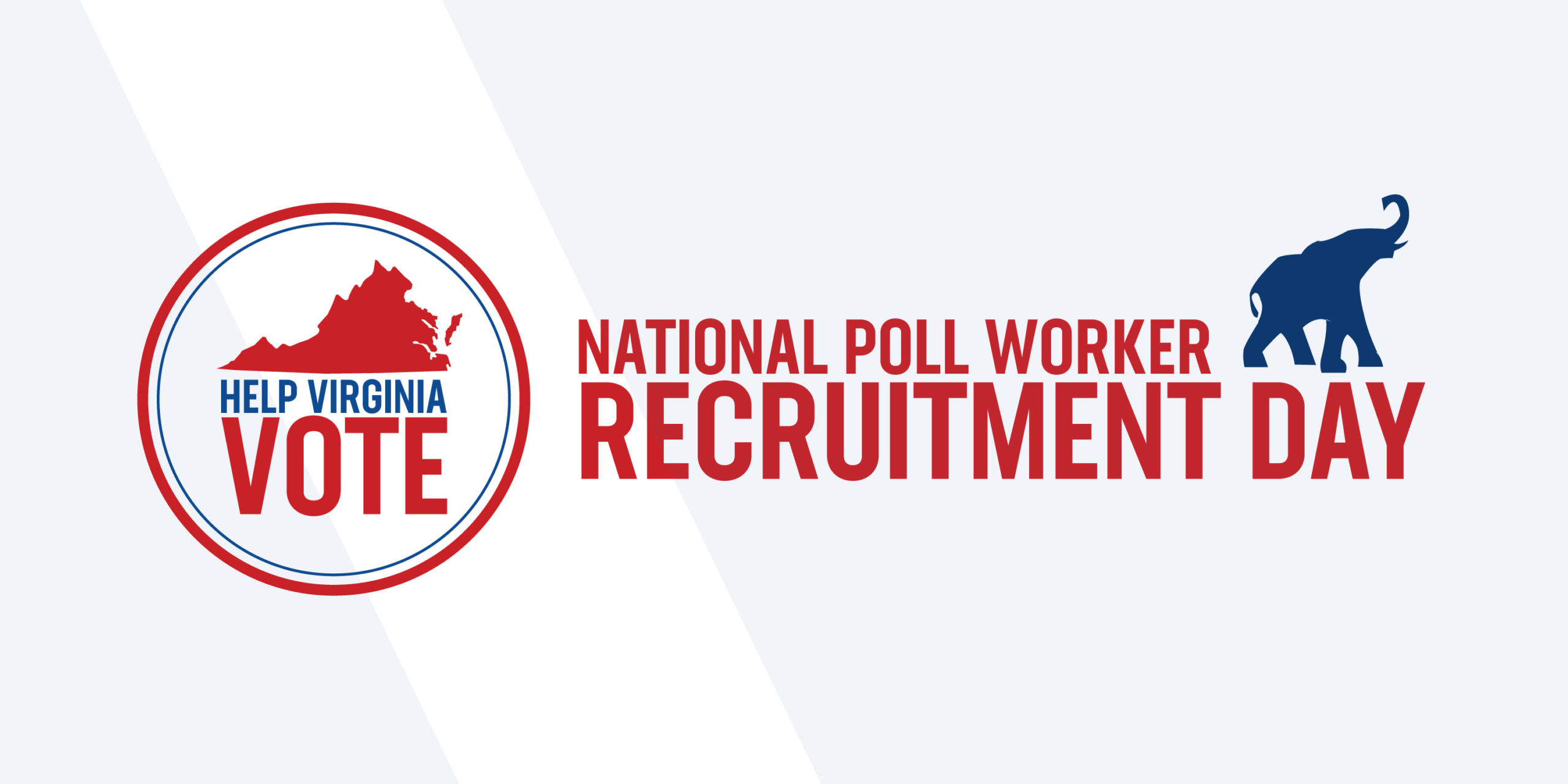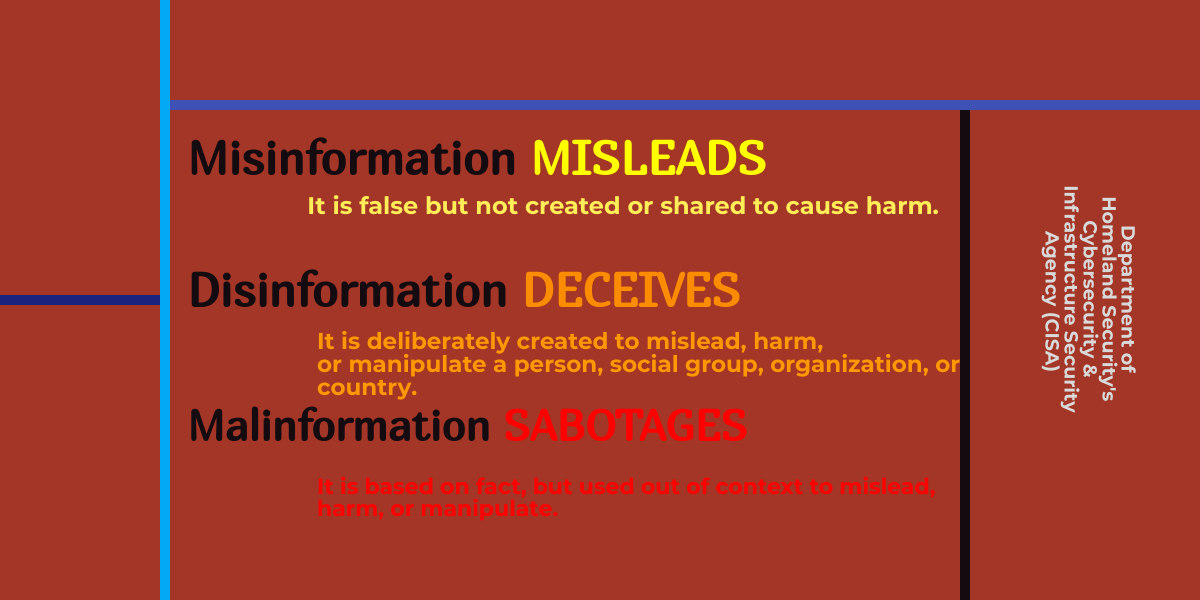FCRC Celebrates National Poll Worker Recruitment Day
August 23 is National Poll Watcher Recruitment Day. FCRC knows that poll workers, or officers of election as they are called in Virginia, make elections work. We’re grateful for those who serve and hope that more Virginians will join them.
In Virginia, poll workers represent the Republican and Democratic Parties. FCRC recommends poll workers to the Fauquier County Electoral Board. The Board makes appointments, trains workers, and compensates them with a modest stipend.
If you would like to represent the Republican Party as a poll worker, please contact FCRC or fill out the form at bit.ly/gop-poll-worker
The dangers of misinformation
As we move closer to another critical election this November, I wanted to remind all voters
about the presence and dangers of misinformation, disinformation, and malinformation as
part of the decision-making process. As such, I urge us to be intellectually vigilant about what
we read, hear, and say to each other.
Regardless of our political persuasion, there are movements afoot to mislead, misdirect, and
even outrage us. Sometimes it’s to get us to vote for or against a candidate or entire political
party. A more sinister motive is to erode our belief in our system of laws, government, and
even each other, not for one political side or the other to win, but ultimately for America to
lose.
Before we go further, let me make one thing clear: misinformation, disinformation, and
malinformation are not exclusive to any political party, movement, or belief.
So, what are misinformation, disinformation, and malinformation?
The following definitions are from the Department of Homeland Security’s Cybersecurity &
Infrastructure Security Agency (CISA): “Misinformation misleads. It is false but not created
or shared to cause harm. Disinformation deceives. It is deliberately created to mislead, harm,
or manipulate a person, social group, organization, or country. Malinformation sabotages. It
is based on fact, but used out of context to mislead, harm, or manipulate.”
One powerful tool of misinformation, disinformation, and malinformation used heavily on
social media platforms is known as a “bot.” What’s a social media bot?
CISA stated that “social media bots are automated programs that simulate human
engagement on social media platforms.” Social media bots infest our news feeds, whether on
Facebook, Twitter, TikTok, or others. Other areas on the internet where we are intellectually
vulnerable include the use of fake websites, forgeries, and manipulated media.
So, what can we do about misinformation, disinformation, and malinformation? The first
thing we do is accept that all of them exist. They feed off a standard psychological concept
known as confirmation bias, which is the tendency to search for, interpret, focus on, and
remember information in a way that confirms one’s preconceptions.
Here are some simple, practical tips to help combat misinformation, disinformation, and
malinformation:
• Consider the source and be open to sources from “the other side”
• Check the author
• Check the date
• Check your biases – Don’t discount facts and news sources just because they are from “the
other side” and are contrary to narratives you currently hold
• Look for the whole story. Look for counterarguments and weigh them. Don’t just dismiss
them.
• Identify and vet supporting sources
• Consider if its intentional satire
• Consult experts. And don’t limit yourself only to experts that support prevailing narratives
The bottom line is that we need to properly vet the information we use and share to make one
of the most potent and influential choices we have as Americans – whom we elect. This
November, please practice due diligence in verifying the information you use to decide your
vote.
Taken from “The Dangers of Misinformation” -A Letter to the Editor written by Jay Pinsky, October 13, 2022, appearing in Fauquier Now


